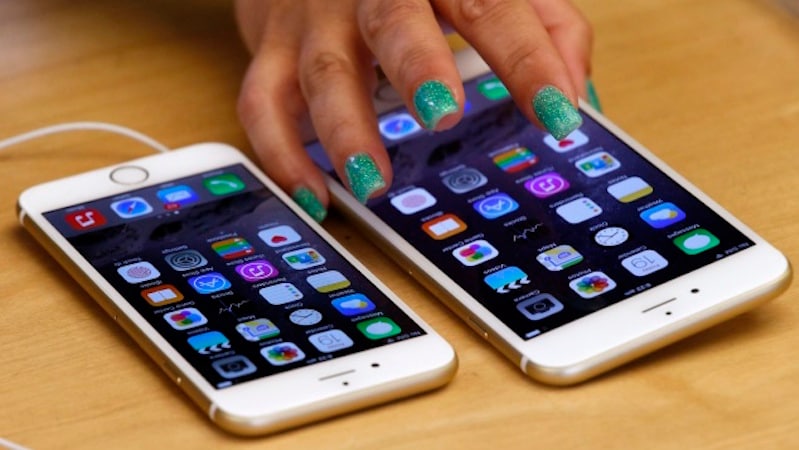
Apple is planning a new iPhone feature for Japan that will enable users to pay for mass-transit rides with their smartphones instead of physical payment cards.
A future iPhone will include technology called FeliCa, a mobile tap-to-pay standard in Japan developed by Sony Corp., according to people familiar with the matter.
The FeliCa chip will let customers in Japan store their public bus and train passes on their iPhones. Users would then be able to tap their phones against the entrance scanners instead of using physical cards. While the FeliCa chip is the standard technology underlying the service, there are several different providers of transit payment cards based on the type of transit and areas within Japan.
The Near Field Communication technology powering Apple’s mobile-payments service, Apple Pay, is prevalent in North America, Europe and Australia, but the FeliCa standard dominates Japan with a penetration of 1.9 million payment terminals, according to the Bank of Japan. The terminals handled 4.6 trillion yen ($46 billion or Rs. 308,478 crores) in transactions in 2015. Last year, there were 1.3 million NFC terminals in the US and 320,000 in the UK, according to research from Let’s Talk Payments and the UK Cards Association.
Apple intends to work with multiple transit card providers, one person said. The major players there include the Suica and Pasmo networks. Theoretically, virtual representations of the transit passes would be stored in the iPhone’s Wallet application, said the person, who asked not be identified because the planning is private. The card companies sell access to transit services both as-needed and via monthly packages.
Apple’s opportunity in Japan is significant with the country alone representing 8 percent of the company’s total revenue and almost 11 percent of operating profit in the most recent quarter.Apple has planned to launch these new features with the next iPhone models, which the company is set to unveil in September, according to people familiar with the matter. However, the company could hold back the transit card feature to next year’s model if discussions with the Japan-based payment networks fall apart, one person said. Apple is already at work on a major redesign of the iPhone for 2017 that focuses more heavily on the display by removing the Home button, according to a person familiar with the matter.
An Apple spokeswoman declined to comment.
The FeliCa chip is able to process a transaction in 0.1 seconds, according to Sony. Super-swift transaction speeds are critical for adoption in the fast-paced environment of Japan’s transit network, the person said. Each sale over Apple Pay currently goes through a server and requires bank approval — which can slow the process.
In addition to supporting the transit-pass network, the FeliCa chip can also store e-money, an electric form of currency now widely accepted at vending machines, convenience stores and cafes in Japan. Apple is in discussions with at least one major financial institution to support these e-money transactions, according to one of the people.
Apple Pay first launched in October 2014 in the US with the iPhone 6 and has since expanded to Australia, Canada, China, Hong Kong, France, Singapore, Switzerland and the UK. Apple Pay contributes to the company’s rapidly growing services business, which grew 19 percent year-over-year to about $6 billion (roughly Rs. 40,218 crores) in the fiscal third quarter.
Earlier this month, Apple struck a deal with Japan-based phone carrier KDDI to allow customers to bill iTunes purchases to their phone service bill instead of directly to their credit card. Apple’s deal with the Japanese carrier is indicative of Apple’s payment-related negotiations with firms in Japan and follows up the company’s work on activating carrier-based iTunes billing in Germany, the UK, Russia, Switzerland, and Taiwan.
In tandem with the upcoming mobile payments launch for Japan, Apple is preparing to ship mass-transit navigation support for Japan in its iPhone Maps application, the company posted on its website in July. This feature, coming in iOS 10 later this year, will allow users to find departure and arrival times for transportation across the region.
